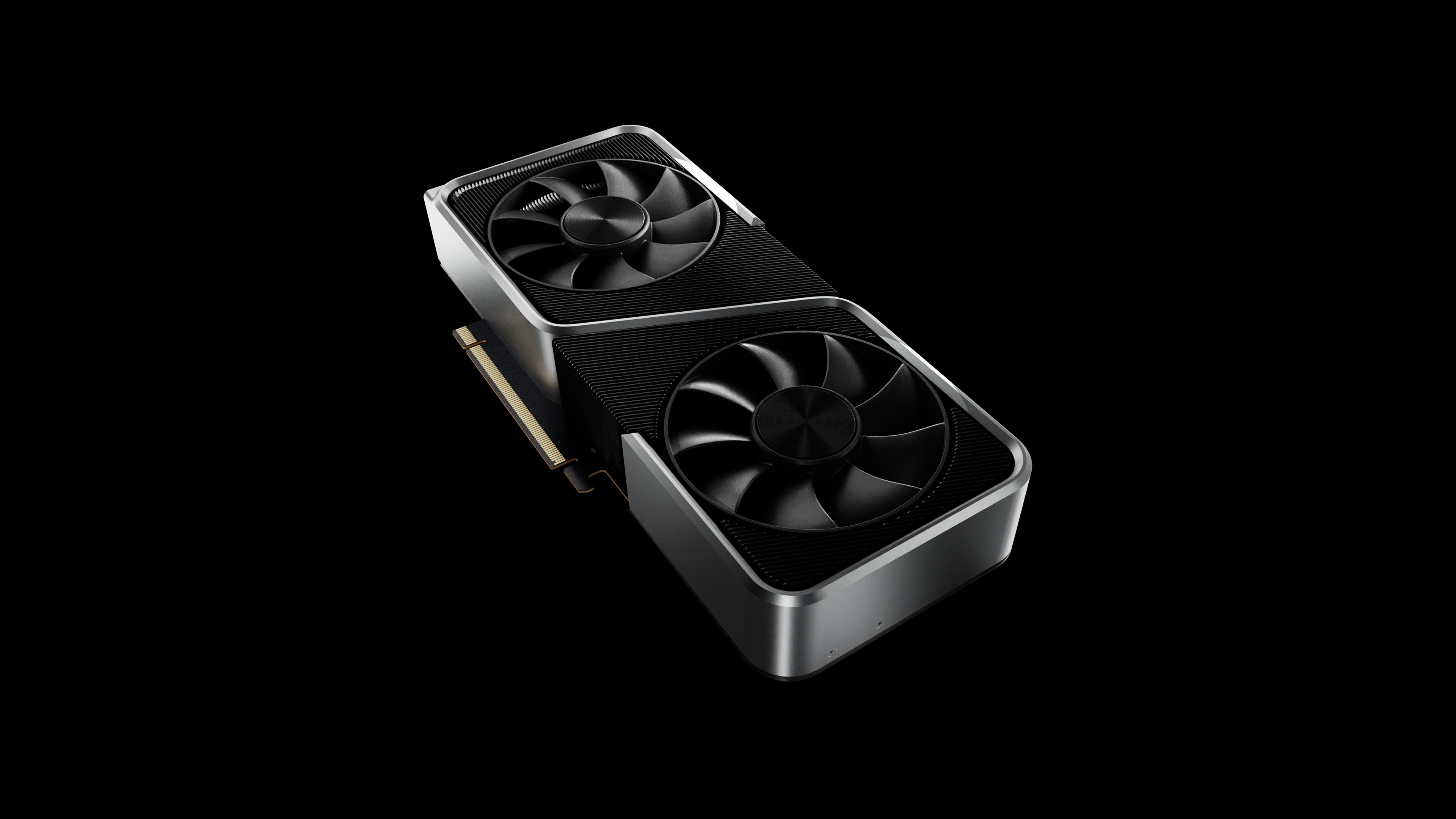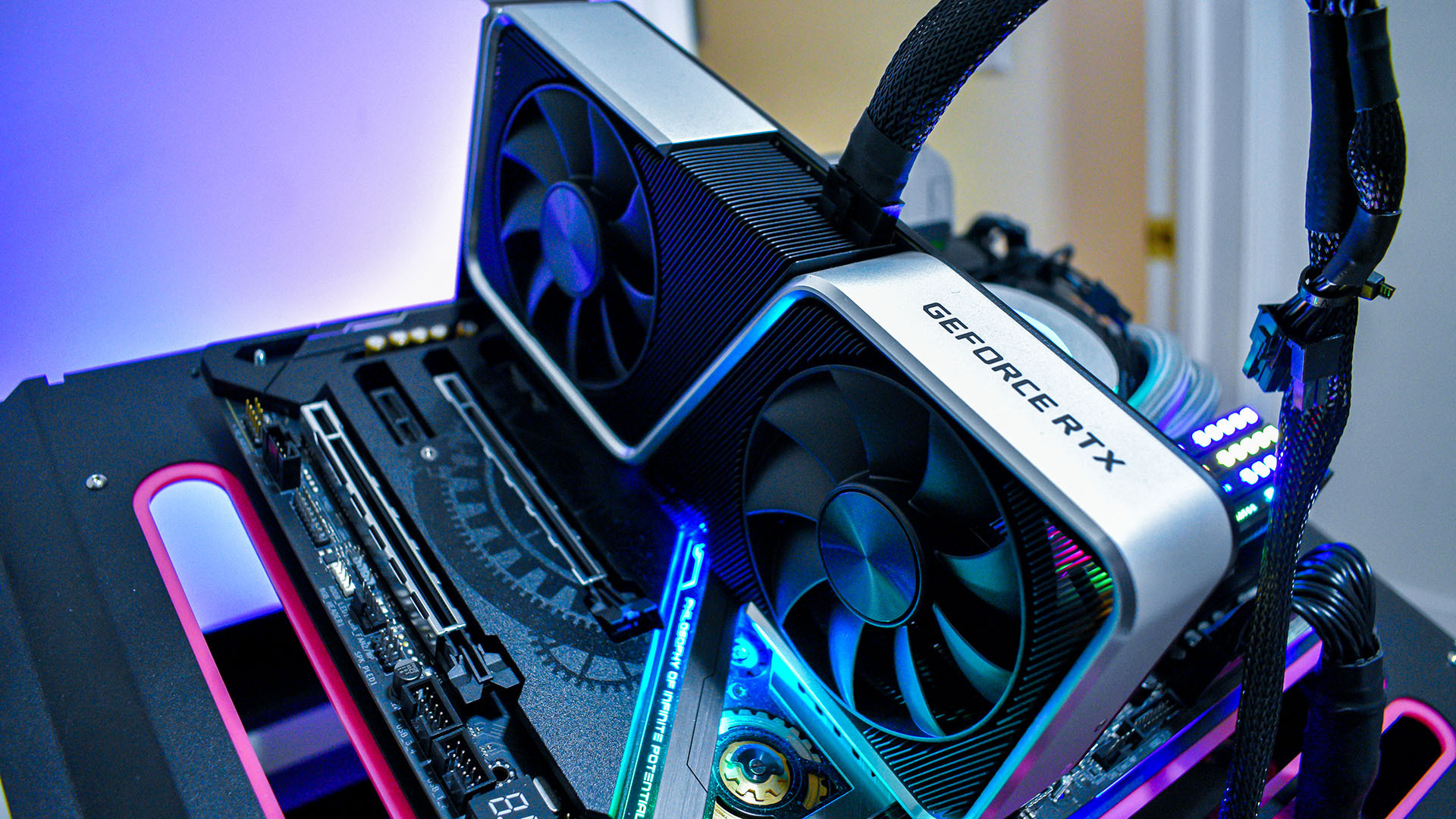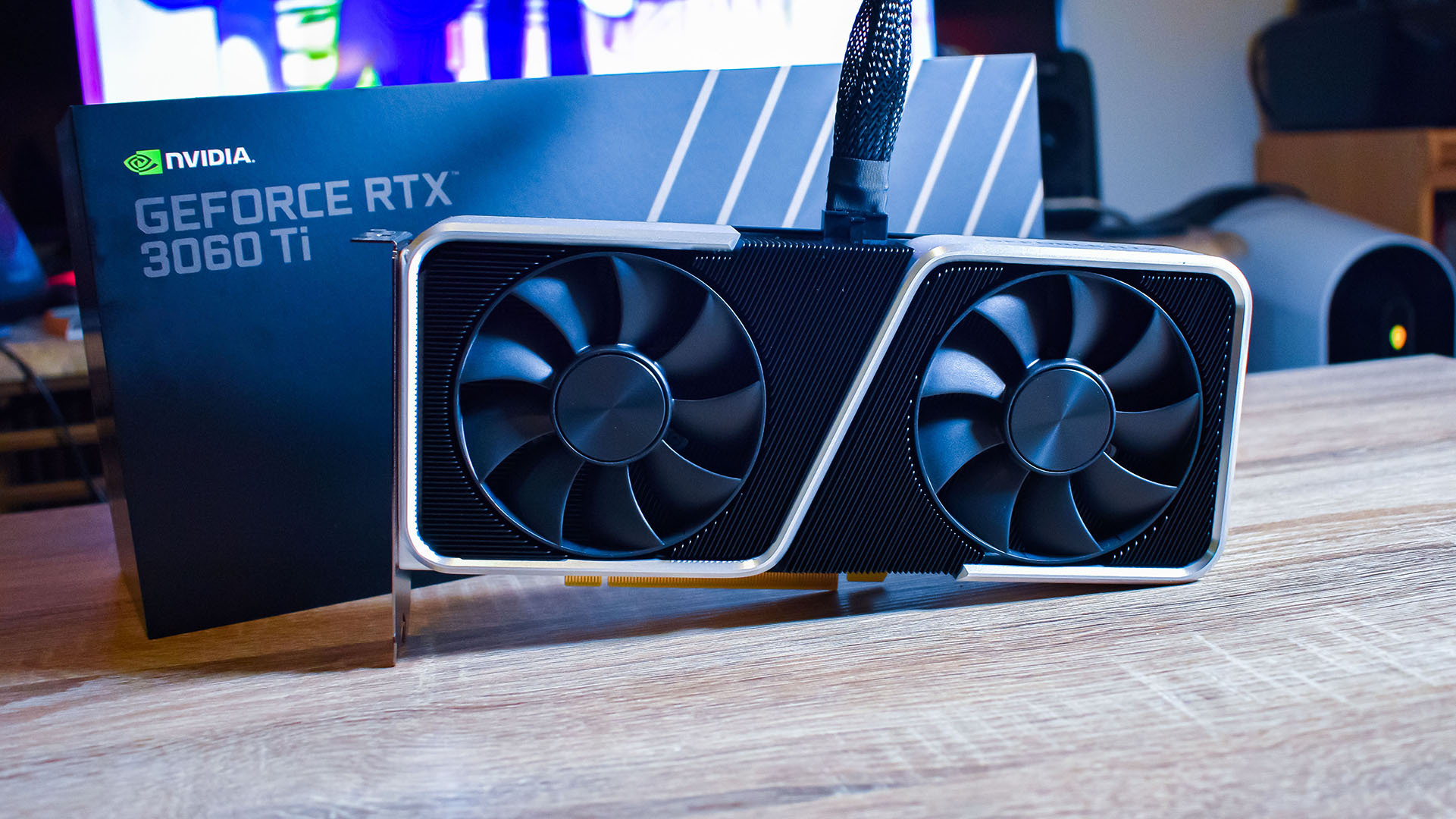Nvidia GeForce RTX 3060 price, release date and specs: everything we know
The Nvidia GeForce RTX 3060 is the latest in Nvidia’s already-strong Ampere graphics card lineup, following the launch of the RTX 3060 Ti in December 2020. And, while Nvidia’s new GPUs have made headlines with incredible specs and even better performance, the Nvidia RTX 3060 is all about an accessible price tag and performance good enough to play all the best PC games at 1080p.
However because this graphics card is launching amidst one of the biggest hardware shortages in years, the RTX 3060 has a lot to prove. We haven’t seen the graphics card yet either, so there’s still a lot we don’t know, namely how it performs, but there are a ton of leaks and rumors out there. So, we’ve gathered up all the Nvidia GeForce RTX 3060 price, release date and spec information in one place. Be sure to keep this page bookmarked, and we’ll keep it updated with all the latest information as it surfaces.
Cut to the chase
- What is it? Nvidia’s new mid-range graphics card
- When is it out? Rumors point to February 25
- How much will it cost? Starts at $329 (about £230, AU$430)

Nvidia RTX 3060 release date
Nvidia announced the RTX 3060 at CES 2021, alongside the latest RTX 3000 laptop processors. Nvidia said that the RTX 3060 would release in February 2021, but didn’t announce an official street date, but either way that is very soon.
We have seen some rumors pointing to a more specific launch date, though, with February 25 being the popular date. This date hasn’t been confirmed by Nvidia, so take it with a grain of salt, but right now it’s probably a safe bet that’s when the graphics card will hit the street.

Nvidia RTX 3060 price
The Nvidia GeForce RTX 3060, unlike the rest of the Ampere graphics cards released so far, will not have a Founders Edition board released directly by Nvidia. Instead, the RTX 3060 will be found exclusively via third party board partners like MSI, Asus and Gigabyte. So, it’s hard to nail down an exact price that you’ll be able to find this graphics card, especially since we’ve seen a lot of instability in terms of GPU pricing recently, as illustrated by this PCMag report.
Nvidia advertises the RTX 3060 price as starting at $329 (about £230, AU$430), and we’re sure there will be a couple of graphics cards available at that price from various manufacturers. However, much like any other Ampere graphics cards, we could see prices increase to around $399 (about £290, AU$520) or higher for more premium versions of the graphics card.
Once the GPUs actually get released and retailers start listing them, we should get a better idea of how much the Nvidia RTX 3060 will sell for.

Nvidia RTX 3060 specs
Probably the most eye-catching Nvidia RTX 3060 spec is the 12GB of GDDR6 VRAM, more than any other graphics card in the Ampere lineup. Nvidia’s reasoning for including 12GB of memory here is because of the graphics card layout: because it was designed with a 192-bit memory interface, Nvidia could really only choose between 6GB and 12GB of VRAM, and Team Green chose to go with the higher spec.
For the most part, this is probably going to be overkill for this graphics card, given that all the other specs are pointing at a GPU solely designed for 1080p gaming.
The Nvidia GeForce RTX 3060 is packed with 3,584 CUDA cores across 28 compute units, which is significantly less than the 4,864 CUDA cores and 38 CUs of the RTX 3060 Ti. That might not seem like a huge deal, but because of the way an Ampere GPU is laid out, it’s a massive difference, especially if you care about ray tracing.
Each Nvidia Ampere Compute Unit (CU) has 128 CUDA cores, 1 RT core and 4 Tensor cores, which means that DLSS and ray tracing performance are directly impacted by how many CUs are in the GPU. That puts the totals at 28 RT cores and 112 Tensor Cores, down from 38 RT cores and 152 Tensor cores in the RTX 3060 Ti.
A bit of background on those: the RT Core is a dedicated core that the CU will offload ray tracing calculations to when they’re detected. The Tensor Core is what powers Nvidia’s Deep Learning Super Sampling (DLSS) technology, which uses AI to upscale an image, giving you much better performance without having to drastically lower visual quality.
Until we get it in-house for a full review, we won’t know exactly what Nvidia RTX 3060 performance will look like. Based just off of the specs, our guess is that we’ll see between a 15-25% difference in games compared to the RTX 3060 Ti, which would make sense given the 21% difference in price.
That’s just a gut feeling, though, so take that with a grain of salt. The actual release of the Nvidia RTX 3060 is likely just a couple weeks away, so we won’t have to wait too much longer to see what the graphics card is capable of.
from TechRadar - All the latest technology news https://ift.tt/3pgUIQa
No comments